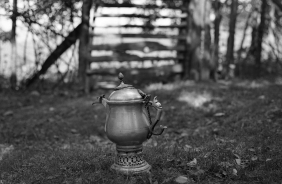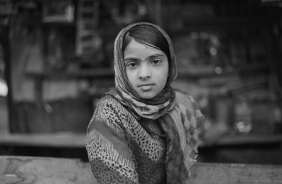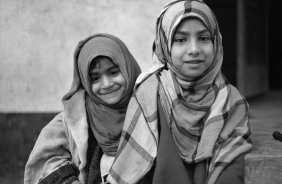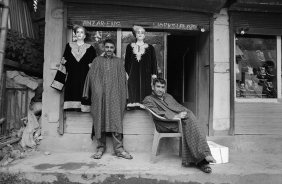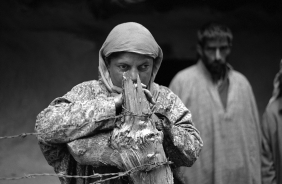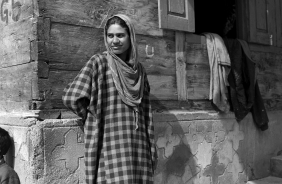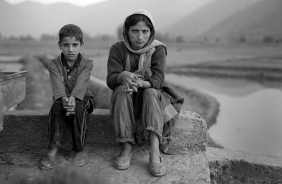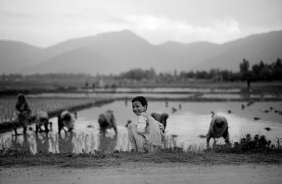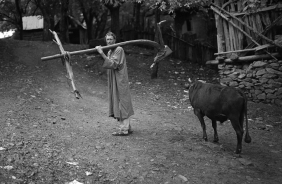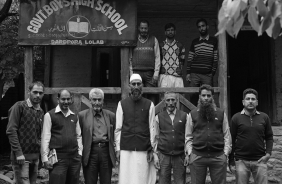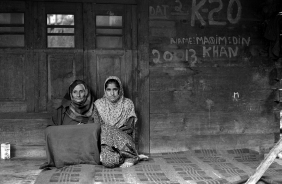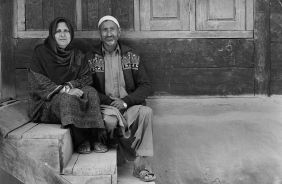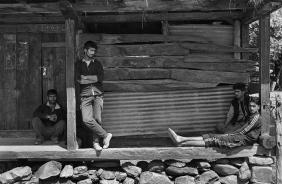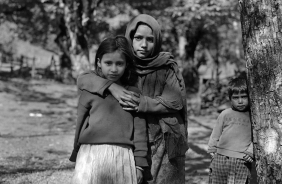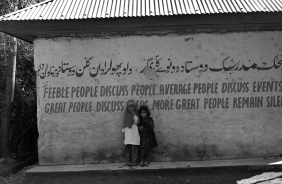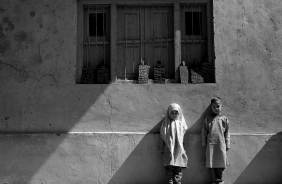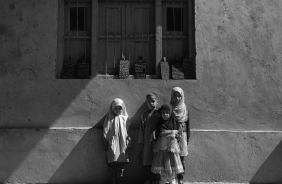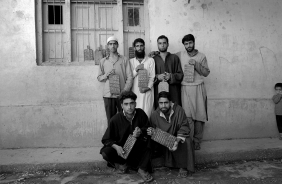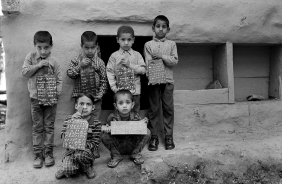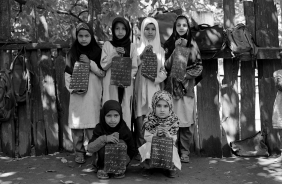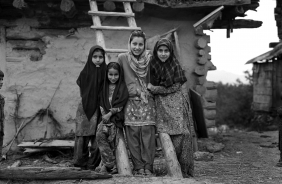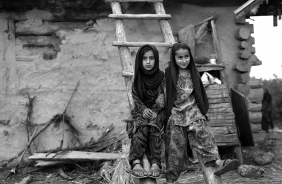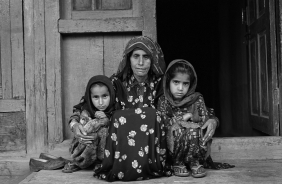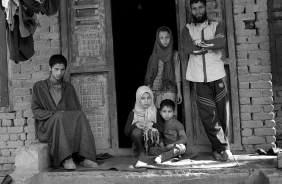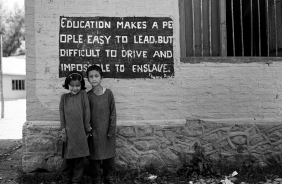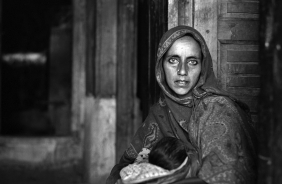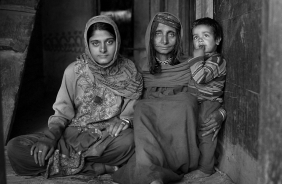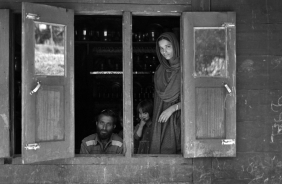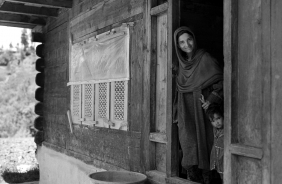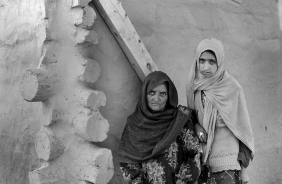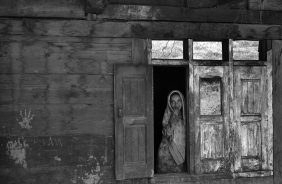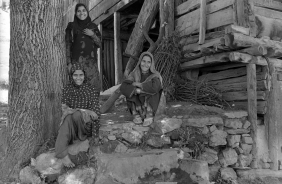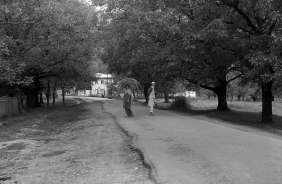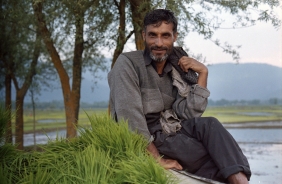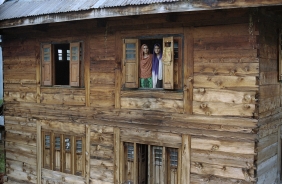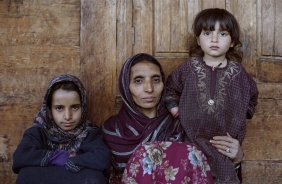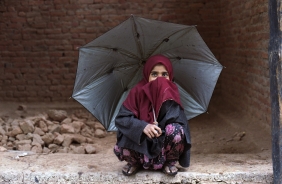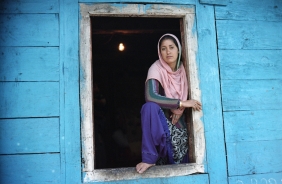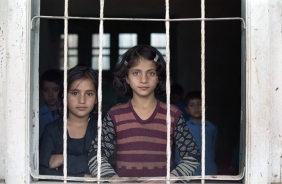Kashmir is not only the politics of religion, or the politics of nationalism; real people live there, with problems and joys common to people across India. Education, health, livelihood - we rarely hear about these. I spent time in May 2016 travelling many villages in the Lolab valley, 114 kilometers north of Srinagar and very distant from the tourists thronging the Dal lake and its jaded and yet beautiful attractions. My travel essay remain under production, shrouded in a writers fog, till then these selected photographs serve as an inadequate introduction to the wonderful people I met and the insights I gained into what really goes on in the lives of real people.
-----------
My Film Cameras
I used film till October 2017, by when it had became exceedingly difficult to obtain good photographic paper, or the services of talented dark room studio people. When one did find them, it was simply too expensive to develop and print. I had held off from digital for a decade, now retreat was inevitable in the face of advancing technology. I moved to Canon EOS digital equipment for people and places in 2018, in 2021 to 300 and 500 mm lenses for wildlife.
The Pentax 67II was a medium format camera, and I carried two bodies. There are only 10 exposures in each film after the 20 exposure film was phased out in 2015. This slowed my pace, making me careful with composition, enabling deep engagement with the subject. Changing the film was a measured process, finding a spot in the shade. This lack of speed and urgency to do things was similar in the 35 mm lightweight Olympus OM4-Ti, though each film roll yet had a luxurious 36 exposures. I used Kodak film: Tri-X 400 B&W and Portra 400 Color. My favourite and most used Pentax lenses were the 90 mm f/2.8; the 45 mm f/4.0; for the Olympus 50 mm f/1.2; and the 24 mm f/2.0.
